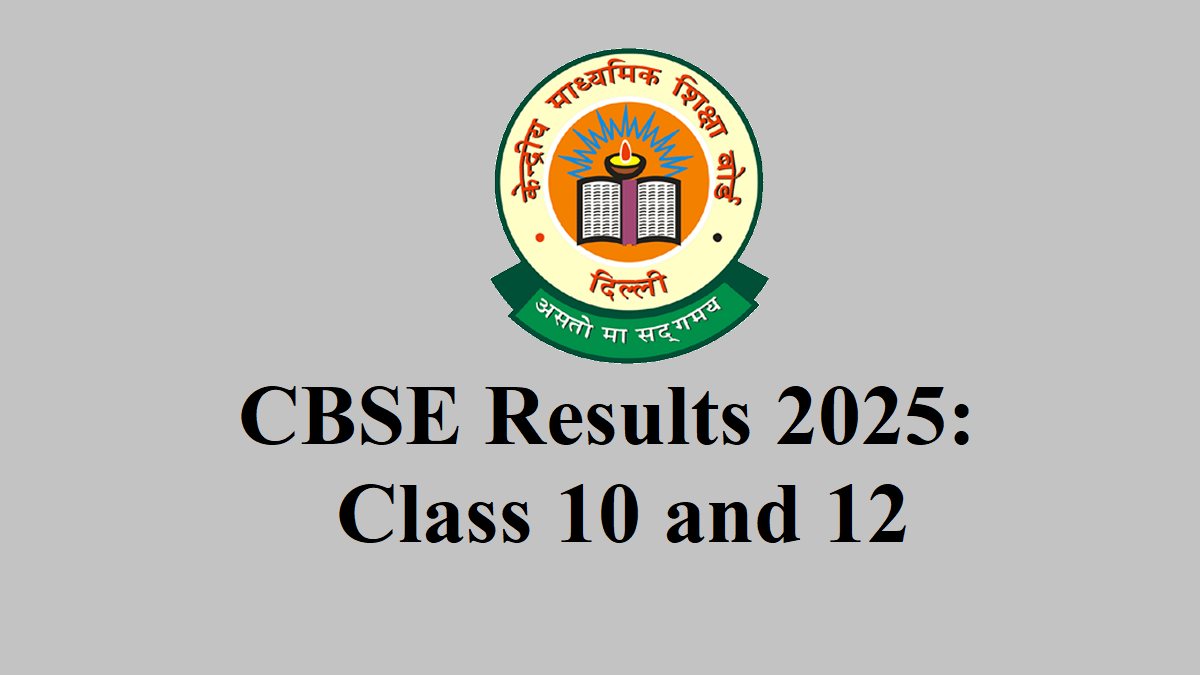
CBSE Results 2025: Record Participation, Higher Pass Rates, and Regional Trends
The Central Board of Secondary Education (CBSE) of India has officially released the Class 10 and 12 exam results 2025. Over 44 lakh students participated this year, making it one of the largest academic undertakings in the country. The pass rate for Class 10 stands at 93.66%, while Class 12 recorded an 88.39% pass rate, both showing slight improvement compared to last year.
Key Statistics
This year saw large-scale participation across thousands of schools and exam centers:
| Details | Class 10 | Class 12 |
|---|---|---|
| Students Registered | 23,85,079 | 17,04,367 |
| Students Appeared | 23,71,939 | 16,92,794 |
| Students Passed | 22,21,636 | 14,96,307 |
| Overall Pass Percentage | 93.66% | 88.39% |
| Scored above 90% | 1,99,944 | 1,11,544 |
| Scored above 95% | 45,516 | 24,867 |
CBSE conducted the exams across 26,675 schools and 7,837 centers for Class 10 and over 19,000 schools and 7,330 centers for Class 12.
Gender-Based Results
Girls continued to outperform boys in both classes:
-
Class 10: Girls passed at a rate of 95%, while boys had a pass rate of 92.63%.
-
Class 12: Girls achieved a 91.64% pass rate, significantly higher than the 85.70% recorded for boys.
-
Students identifying as transgender matched or exceeded average performance, with a 95% pass rate in Class 10 and a 100% pass rate in Class 12.
Regional Trends
Students in southern India continued to lead performance charts:
| Region | Class 10 (%) | Class 12 (%) |
|---|---|---|
| Trivandrum | 99.79 | 99.32 |
| Vijaywada | 99.79 | 99.60 |
| Chennai | 98.71 | 97.39 |
| Bengaluru | 98.90 | 95.95 |
| Delhi West | 95.24 | 95.37 |
| Prayagraj | 91.01 | 79.53 |
| Guwahati | 84.14 | 83.62 |
While southern cities led with near-perfect scores, some regions like Prayagraj and Guwahati showed relatively lower performance.
Performance by School Type
| Institution Type | Class 10 (%) | Class 12 (%) |
|---|---|---|
| Jawahar Navodaya Vidyalayas | 99.49 | 99.29 |
| Kendriya Vidyalayas | 99.45 | 99.05 |
| Independent Schools | 94.17 | 87.94 |
| Central Tibetan Schools | 91.53 | 98.96 |
| Government Schools | 89.26 | 90.48 |
| Government Aided | 83.94 | 91.57 |
Government-aided schools saw relatively lower pass rates, especially in Class 10.
Top Scorers and Notable Performances
-
Class 12 Topper: Savi Jain from Scottish International School scored 499 out of 500.
-
Class 10 High Scorers:
-
Manya Mangal: 98.6%
-
Shrey Bhartiya: 98%
-
Aahana Parija: 99.2%
-
Gunika Arora: 98%
-
Kaavya Mathur: 98.2%
-
Several students also achieved perfect scores in individual subjects, including French, English, Painting, and Communicative Sanskrit.
Among Children with Special Needs (CWSN):
-
Class 10: 411 students scored above 90%, 66 above 95%.
-
Class 12: 290 students scored above 90%, 55 above 95%.
Supplementary Exams in July
CBSE has announced that students who did not pass or wish to improve their marks can appear for supplementary exams in July 2025:
-
Class 12: For one subject.
-
Class 10: For up to two subjects.
These exams will follow the same syllabus and are part of CBSE's efforts to align with NEP 2020.
New Grading and Support Initiatives
CBSE introduced relative grading this year to ease exam-related pressure and offer a fairer comparison among students. Alongside this, free counseling services for students and families are being provided post-result.
How to Check Results
Students can view their results using any of the following:
-
Websites: cbseresults.nic.in, results.cbse.nic.in, cbse.gov.in
-
DigiLocker: results.digilocker.gov.in
-
UMANG App: umang.gov.in
Digital marksheets are also available via DigiLocker using the credentials sent by SMS to registered mobile numbers.
Observations and Next Steps
The data points to continued academic progress, but also highlights key areas for improvement:
-
The performance gap between genders, particularly in Class 12, needs further analysis.
-
Regional disparities suggest the need for better resources in underperforming areas.
-
Structural support could help lift results in government-aided schools.
These results not only mark academic achievement but also underline the ongoing evolution in India’s education system. With reform-driven policies and growing access to academic support, more students stand to benefit in the years to come.


